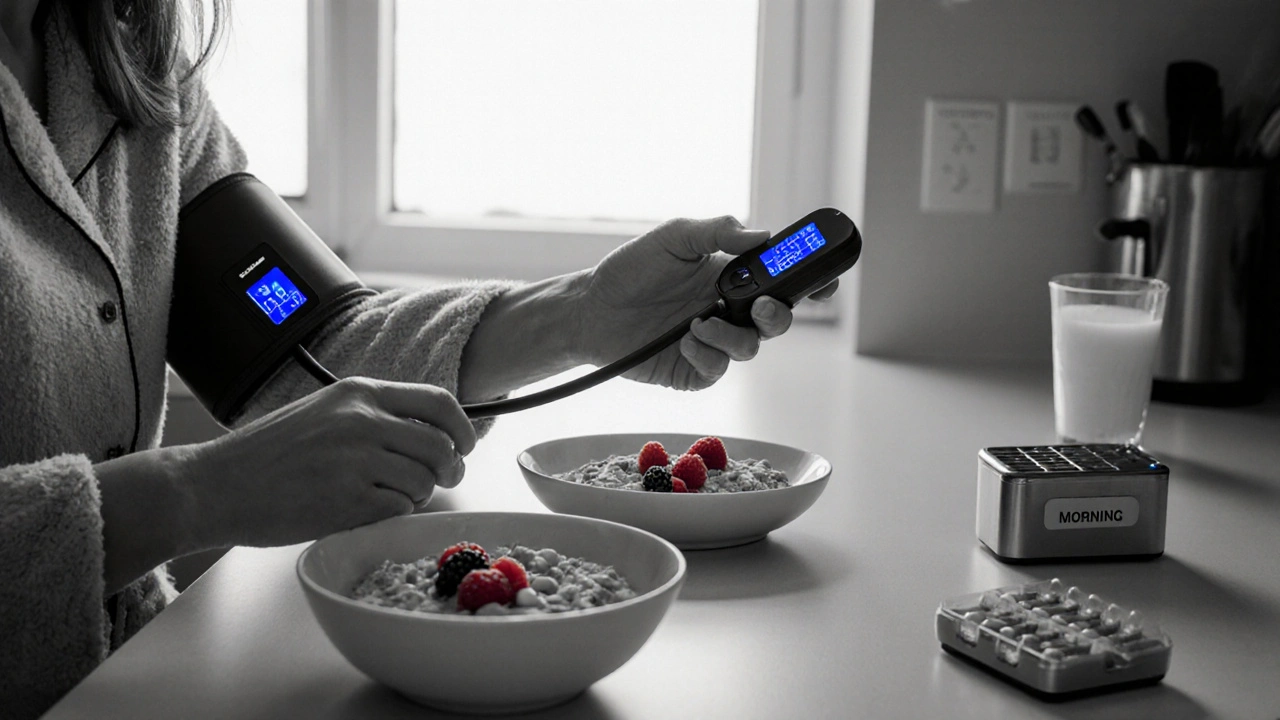Blood Pressure: Understanding, Monitoring, and Managing Your Numbers
When talking about blood pressure, the force of blood against artery walls during each heartbeat. Also known as BP, it’s the vital sign doctors check at every visit. Hypertension, a chronic elevation of blood pressure above normal limits and hypotension, abnormally low pressure that can cause dizziness are the two ends of the spectrum. The numbers we record—systolic over diastolic—encapsulate heart health, and they directly influence risk of heart attack, stroke, and kidney damage. Managing blood pressure therefore requires a mix of lifestyle tweaks, regular monitoring, and, when needed, medication. This page pulls together the core ideas so you can see why tracking BP, understanding hypertension, and using the right tools matter.
Key Factors that Affect Blood Pressure
First off, dietary choices, salt intake, potassium levels, and overall nutrition shape the pressure inside your vessels. A diet high in sodium raises fluid volume, which pushes the heart to work harder—an easy pathway to hypertension. On the flip side, foods rich in potassium, like bananas and leafy greens, help vessels relax and lower pressure. Exercise is another powerful lever; regular aerobic activity improves vessel elasticity and reduces resting BP. Stress management—through mindfulness, breathing exercises, or simply cutting down caffeine—also moves the needle because stress spikes trigger temporary spikes in pressure. Finally, blood pressure monitoring devices, automated cuffs, ambulatory monitors, and smartwatch sensors give you real‑time feedback, making it easier to spot trends and act before problems become serious.
When lifestyle steps aren’t enough, doctors turn to blood pressure medication, drug classes like ACE inhibitors, beta‑blockers, and diuretics that lower pressure safely. These medicines work by relaxing blood vessels, reducing fluid buildup, or slowing heart rate. Choosing the right drug depends on your overall health, other conditions, and how your body responds. That’s why regular check‑ups and accurate BP readings are essential—they guide dosage tweaks and help avoid side effects. Below, you’ll find articles that break down everything from how to read your cuff, to diet tweaks that lower numbers, to the latest thinking on hypertension treatment. Dive in to get practical tips you can start using today.
Venlafaxine and Blood Pressure: What You Need to Know About Hypertension Risk
- Laura Ledas
- Dec, 9 2025
Venlafaxine can raise blood pressure, especially at higher doses. Learn how to monitor your BP, recognize warning signs, and know when to talk to your doctor about safer alternatives.
Learn MoreA Day in the Life of a Carvedilol Patient: Real‑World Routine & Tips
- Laura Ledas
- Aug, 17 2025
Step‑by‑step look at a typical day for a Carvedilol patient, covering dosing, monitoring, side‑effects, lifestyle tips and FAQs.
Learn More
